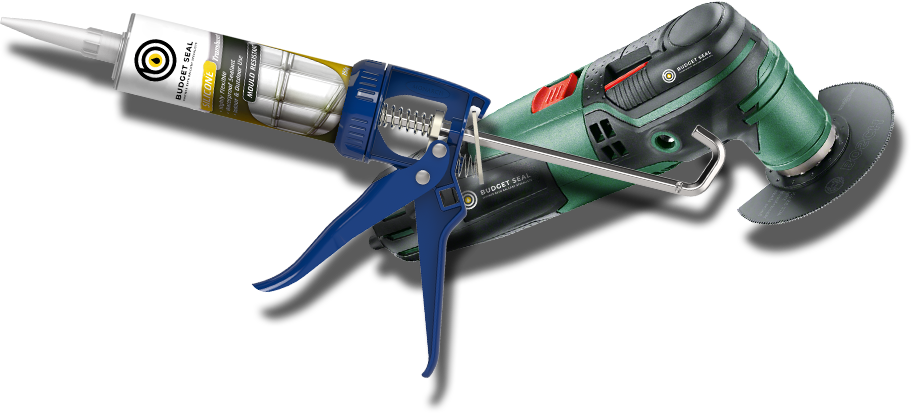Expert Guide of Bathroom Waterproofing
Bathroom waterproofing is a critical step in
preventing water damage and ensuring the longevity of your bathroom's structure
and fixtures. Improper waterproofing can lead to issues like leaks, mould
growth, and deterioration of materials. Here's an expert guide to bathroom
waterproofing:
1.
Understand the Importance:
Proper waterproofing and shower sealing Bunnings
is essential because bathrooms are high-moisture areas. Water exposure over
time can cause damage to walls, floors, and other surfaces, leading to costly
repairs and health hazards.
2. Plan
and Prepare:
Before you begin, create a comprehensive plan
that outlines the areas to be waterproofed. Identify potential trouble spots
such as corners, joints, and intersections between different surfaces.
3.
Choose the Right Materials:
Select high-quality waterproofing materials that
are specifically designed for bathrooms. Options include waterproof membranes,
waterproof coatings, and sealing compounds.
4.
Surface Preparation:
Ensure the surfaces to be waterproofed are
clean, dry, and free from debris. Properly prepare surfaces by removing any
existing coatings, sealants, or damaged materials.
5.
Waterproof Membranes:
Waterproof membranes are applied to surfaces
like walls and floors to create a barrier against moisture. These membranes can
be in the form of sheets, liquid coatings, or self-adhesive products.
6.
Focus on High-Risk Areas:
Pay extra attention to high-risk areas such as
corners, joints, pipe penetrations, and connections between different
materials. Use reinforcing fabric or mesh to strengthen these vulnerable
points.
7. Seal
Joints and Penetrations:
Properly seal joints between walls and floors,
as well as around pipes, drains, and fixtures. Use waterproof sealants or tapes
to create a watertight seal.
8.
Waterproofing for Showers and Baths:
Shower and bath areas are particularly prone to
water exposure. Apply waterproofing membranes to the shower pan and the area
surrounding the bath or shower.
9.
Sloping and Draining:
Ensure that bathroom floors are properly sloped
towards drains to prevent water from pooling. Adequate drainage helps minimize the
risk of water infiltration.
10.
Overlaps and Seams:
When using waterproofing membranes, ensure
proper overlaps and seam connections to create a continuous barrier. Follow
manufacturer guidelines for installation.
11.
Allow for Curing:
Waterproofing materials require sufficient
curing time to achieve their full effectiveness. Follow the manufacturer's
recommended curing time before applying tiles or finishes.
12.
Tile and Grout Waterproofing:
In addition to the underlying waterproofing
layer, use waterproof tile adhesives and grouts. This prevents water from seeping
through the grout lines.
13.
Test for Effectiveness:
Before proceeding with tiling or other finishes,
perform a water test to ensure that your waterproofing efforts are successful.
This involves flooding the area and checking for leaks.
14.
Professional Assistance:
For complex bathroom
waterproofing
tasks or when dealing with intricate designs,
it's advisable to seek assistance from experienced waterproofing professionals.
They can ensure that the job is done correctly and meets industry standards.
15.
Regular Maintenance:
Even with proper waterproofing, regular
maintenance is important to prevent potential issues. Check for any signs of
damage, deterioration, or water intrusion and address them promptly.
By following these expert guidelines, you can
ensure that your bathroom is properly waterproofed, providing a safe, dry, and
comfortable environment that withstands moisture and the test of time. You can
also get professional service by Budget Seal. They serve high quality and cost
effective service.


Comments
Post a Comment